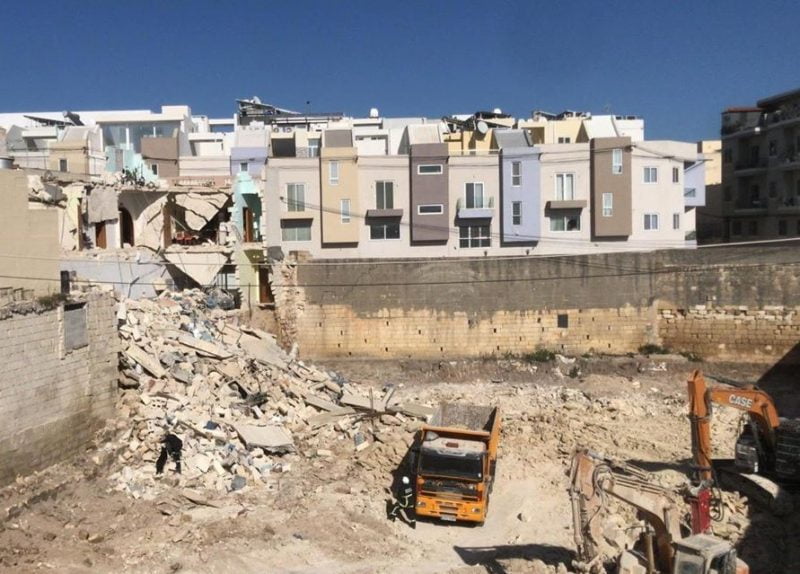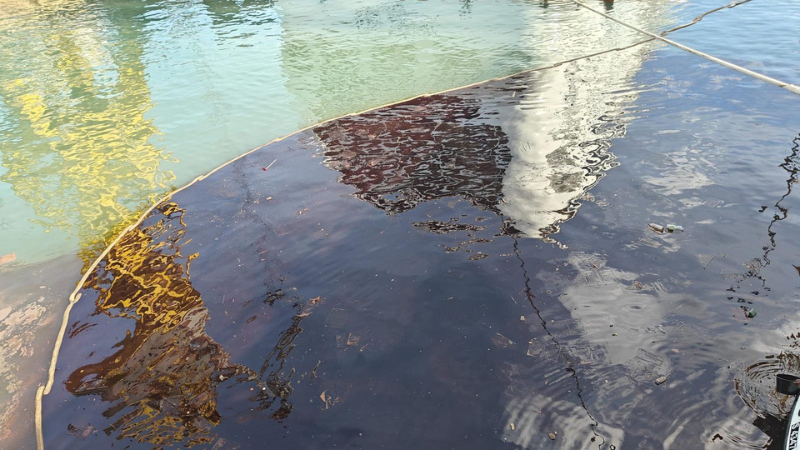The Occupational Health and Safety Authority (OHSA) still does not have a proper checklist to guide its safety inspectors when they review construction sites – four years after a recommendation was made by the National Audit Office.
The NAO had called on the OHSA to carry out exhaustive inspections during on-site visits to ascertain the full implementation of health and safety considerations. It specifically recommended setting up one comprehensive document, which identifies all infringements through a standard, all-inclusive checklist.
In its follow-up report four years later, the NAO noted that the OHSA had only partially implemented this recommendation, saying that putting together one single checklist was a very difficult task due to the varying types of construction sites.
The OHSA insisted that through “years of experience in carrying out site visits, inspectors are in a position to easily identify OHS hazards and instances of breaches of regulations”. While brushing off the need for a comprehensive list, OHSA said it agreed with a reduced list with a set of guidelines.
However, the Auditor General pointed out that even this reduced list was not always comprehensively filled in during a site visit. It “still firmly believes that all details resulting from an inspection should be comprehensively recorded on a checklist, with infringements not specifically pre-listed being documented in the ‘Other Remarks’ section”.
The report was a follow-up to one issued four years ago that had a list of recommendations for the OHSA, targeting the local construction industry in particular. While some recommendations were taken on, the Auditor General noted insufficient progress or no change at all in certain sectors.
Tabled in Parliament this week, the report also noted that minor construction projects were possibly being ignored by the relevant authorities even though these still posed a risk to construction workers.
One such recommendation which the OHSA failed to comply with was related to “near misses”.
“NAO recommends that OHSA solicits, through the appropriate channels, a change in local legislation to bind the relevant duty holders to comprehensively document near misses. NAO draws attention to the Seveso Directive which recommends the reporting of near misses, even though such reporting is, as yet, not compulsory,” the 2016 report had recommended.
It referred to a European Process Safety Centre report that said that ‘near-miss reporting was key to improving safety performance’.
However, the NAO recommendation was not accepted.
The OHSA said that, while it recognised the current construction situation in Malta, this recommendation was not considered because it would pose a “burden if all near misses are to be reported and consequently processed”.
While acknowledging that without proper resources this process might prove overwhelming, the report said the authority would only benefit if it had more visibility on near misses and may help to profile where accidents were more likely to happen.
The 2016 report had also suggested a change in the OHSA’s mission statement to reflect the authority’s role as an autonomous regulatory body. The idea was to shift the philosophy and realign its focus by being primarily an enforcer and not aiming to achieve a self-regulated system.
In this respect, OHSA insisted that it wants to project an image of not solely being a controlling regulator but also that of a collaborator.
Official OHSA figures show that, in 2019, the construction industry reported 27 injuries for every 1,000 workers. Besides the number of site accidents which cause injuries, the construction industry has already claimed the lives of at least two people in Malta this year.













